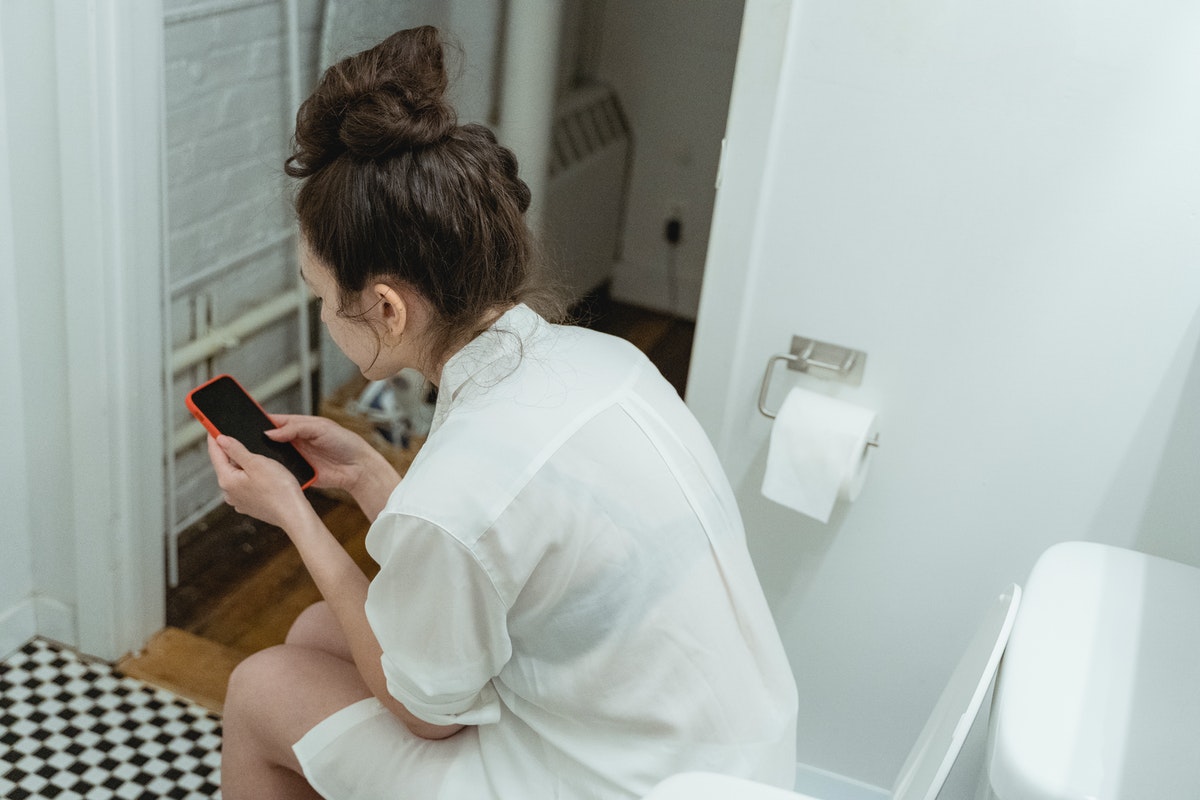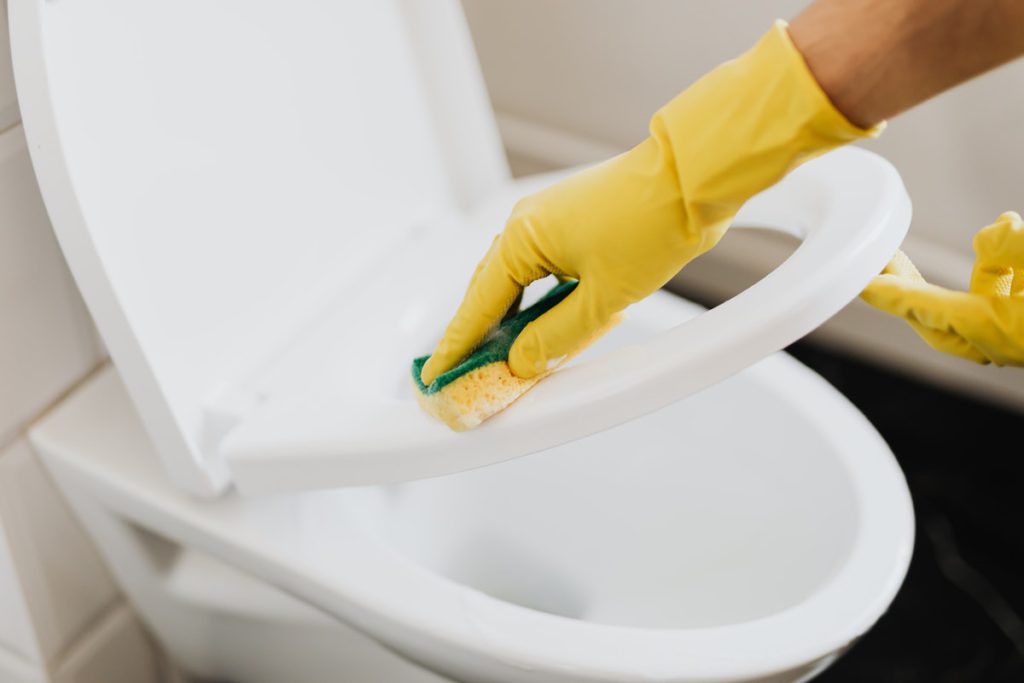
Infections such as streptococcus and staph can be easily contracted from using a dirty toilet seat if someone with the infection has used the bathroom before you. If the idea of cleaning (and accidentally touching a toilet seat with your hands) a public toilet seat with toilet paper sounds disgusting to you, then you can use a toilet sanitiser.
If you don’t upgrade to a swinging toilet, your bathroom’s sewage leakage will only get worse. The longer an unstable toilet wobbles back and forth while in use, the more likely you are to deal with additional damage. Stones may be caused by a more serious problem, and the effects of a swaying toilet can result in more costly damage.
Other unpleasant symptoms are pain that needs to be dealt with right now, and they can potentially cause long-term damage, which is another reason to get into a rocking bath right away. Cramps can also cause constipation as your body gets used to very long and unnatural bath time. Some people naturally take a little longer to go to the bathroom due to a condition called “slow transit constipation” that doesn’t seem to make squatting any easier.
Training the body to go to the toilet at the same time every day, like first thing in the morning, can be helpful for people with constipation. Remember that children with special needs may take longer to learn how to use the toilet. It is better to use a potty on the floor than to let your child go to the toilet when training.
If you choose to use a toilet seat/bidet, use your child’s footrest. If you have a regular toilet and want some of the benefits of squatting, you can use a modified toilet seat and footrest that allows you to flex your hips and elevate your legs.
Standing on a toilet seat in a squat can put pressure on your pelvic floor muscles, whether you’re doing exercise number one or number two. Additional problems arise when the pelvic muscles sit on the toilet for too long, which can make the act of defecation much more difficult than it should be. Squatting instead of sitting on the toilet can change the mechanics of urination; over time, this may increase the risk of reducing urinary tract symptoms, including pelvic floor dysfunction and infections.

The thought of using a toilet seat that so many people have used will no doubt make you cringe, but you might want to consider using a toilet seat sanitiser to remove germs from the toilet seat and the area around it.
Trying to restrict bowel movements can strain the intestinal wall, making it feel as if you have to walk more and complicating toilet training in the long run. It turns out that too long sitting on the toilet can lead to excessive straining, which can put pressure on the rectum and cause hemorrhoids. Staying too long in the bathroom causes pressure on the rectum and anus. Most experts recommend not spending more time in the bathroom than you need to defecate.
It’s also important not to force your child to go to the bathroom, as this can lead to intense power struggles. If your child exhibits a certain behaviour during bowel movements (eg, leaning over, staying calm, walking to a corner), you can try taking your child to the potty when the time is indicated by your child. If your child sits for a while, then jumps up to play and bites his tongue; the result may be an accident, but your child is equally likely to jump back into the bathroom when he feels the need to.
If your child seems genuinely uninterested in learning how to use the toilet, your children may not be ready for the challenge. Perhaps he also became embarrassed to go to the toilet, if many of his friends in kindergarten or school already know how to do this. If your child pees into the toilet without problems but resists using it for BM, your child is probably afraid of making a mess – maybe he had an accident during a school evacuation and people overreacted, or maybe he witnessed another child, who had such an accident. However, if his focus on defecation interferes with his toilet training, you can put him back in diapers whenever he has BM.
Helping your child successfully get BM in the closet and then showering him with praise can go a long way in getting over his fears. For example, show your child how the bathroom works and convince him that there is nothing to be afraid of. You can help your child identify a problem, empathize with their feelings, help them find a practical solution, and clarify their expectations of going to the toilet.




